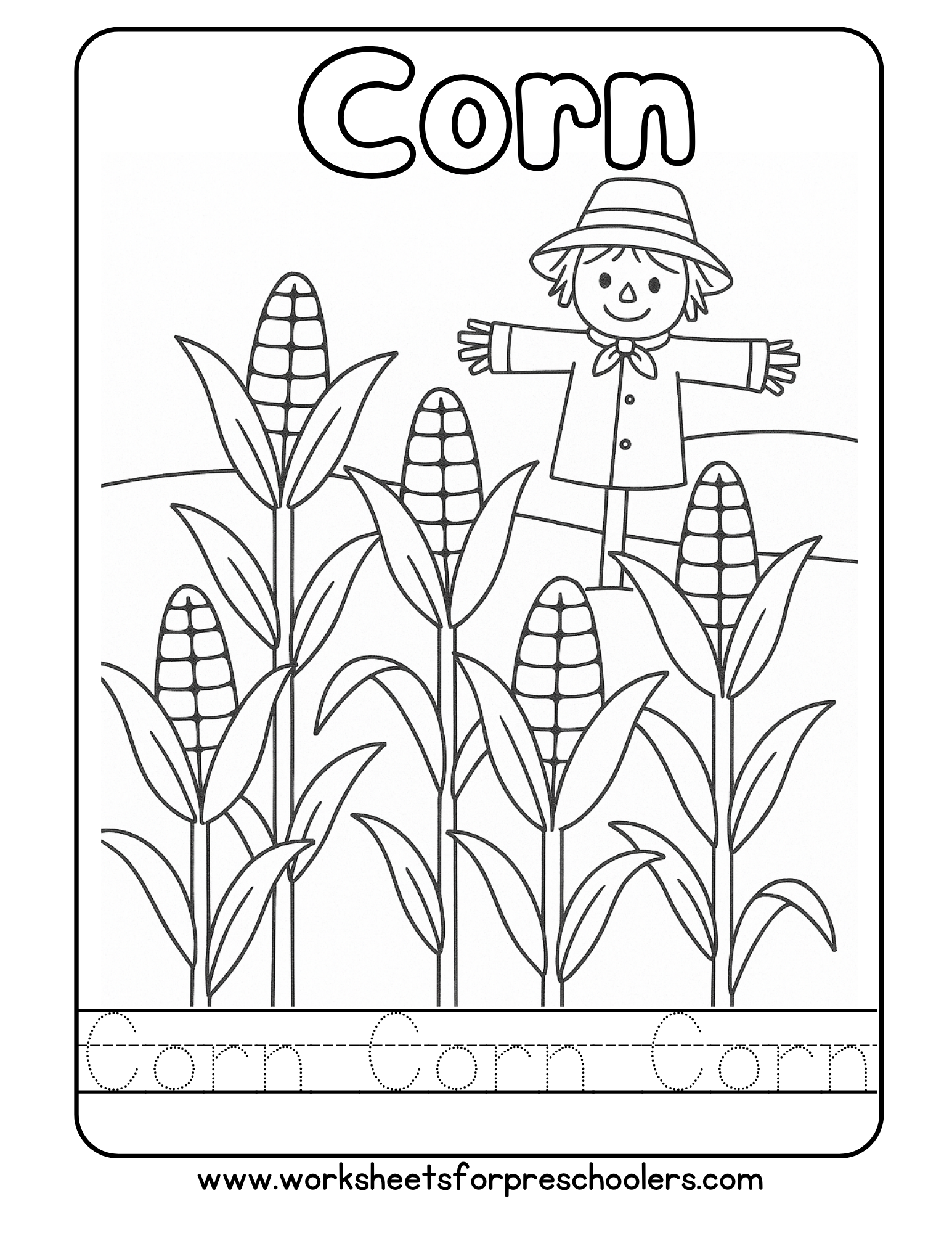Puzzle & Logic Worksheets & Teaching Guides for Preschool and Kindergarten
Puzzle & Logic Activities for Preschool and Kindergarten
Preschool puzzle worksheets build early logic, problem-solving, and visual thinking skills. These activities help children notice details, recognize patterns, and organize information — important steps for math, reading, and everyday reasoning.
Early logic play helps children become flexible thinkers. When they match pictures, find patterns, or solve visual challenges, they’re building the same reasoning skills they’ll use later in math and reading. Puzzle-based learning also encourages persistence — children learn that there can be more than one way to solve a problem.
Why Puzzle & Logic Activities Matter
Puzzle and logic play build the foundation for critical thinking in preschool and kindergarten. When children match, sort, and solve, they’re learning to notice details, recognize relationships, and make decisions. These early reasoning skills help children in every subject — from math and science to reading and problem-solving. Puzzle-based learning also teaches persistence; children discover that mistakes are part of the process and that trying again leads to success. Each hands-on challenge develops patience, confidence, and curiosity in a fun, engaging way.
How to Use These Guides in the Classroom
Each guide can be used during small-group instruction, morning centers, or as independent activities for early finishers. Begin with simple visual puzzles and sorting mats, then gradually introduce more challenging logic games. Encourage students to describe their thinking aloud — “How did you know these go together?” — to build both reasoning and vocabulary. Rotate activities weekly, pair them with related manipulatives, and use printable extensions to support your lesson themes. These guides fit easily into weekly planning and support a balance of hands-on learning and structured practice.
Building a Puzzle Center
Create a permanent puzzle and logic area in your classroom to encourage independent problem-solving. Stock it with hands-on materials like tangrams, mazes, sorting trays, and picture-matching cards. Organize bins or baskets by skill — patterns, sorting, sequencing, or visual discrimination — so children can choose activities confidently. Labeling and rotating materials keeps the center engaging and purposeful. A well-organized puzzle center supports focus, persistence, and self-directed learning all year long.
Developing Early Thinking Skills
The guides below offer practical ways to develop thinking and problem-solving skills in young learners. Each guide focuses on a specific area of logic, reasoning, and observation, giving teachers hands-on ideas to help children compare, sort, and make sense of the world through meaningful, playful learning experiences.
Spot-the-Difference Challenges
What Are Spot-the-Difference Activities?
These puzzles ask children to find small changes between two similar pictures, training observation and concentration skills.
Why Spot-the-Difference Matters
They help develop focus, memory, and fine visual discrimination — important for letter and number recognition.
How to Teach Spot-the-Difference
Use themed printable puzzles or simple drawings. Start with a few differences, then increase the challenge. Encourage children to circle or color the changes they find.
Completing Patterns and Sequences
What Is Pattern Completion?
Pattern completion helps children recognize and predict what comes next in a sequence of shapes, colors, or objects.
Why Patterning Matters
Understanding patterns builds logical thinking, organization, and early algebraic reasoning. It’s also a foundation for rhythm and math fluency.
How to Teach Pattern Completion
Use beads, blocks, or stickers to build AB, AAB, or ABC patterns. Ask, “What comes next?” Provide printable pattern strips for structured practice.
Matching Pictures and Shadows
What Is Shadow Matching?
Shadow matching activities help children connect objects with their outlines or silhouettes, strengthening visual perception and attention to detail.
Why Shadow Matching Matters
Recognizing shapes and outlines improves spatial awareness, visual memory, and classification skills — all key for reading and math readiness.
How to Teach Shadow Matching
Provide cards or worksheets with objects and their shadows. Encourage students to look carefully for matching outlines. Use real objects and flashlights for hands-on play.
Story Sequencing and Logical Order
What Is Story Sequencing?
Story sequencing teaches children to arrange pictures or events in the order they happen. It connects logic, comprehension, and early storytelling.
Why Sequencing Matters
It builds narrative understanding, supports reading comprehension, and helps children recognize cause and effect.
How to Teach Story Sequencing
Use picture cards from familiar stories. Ask children what happens first, next, and last. Have them retell or act out sequences to reinforce understanding.
Mazes & Path-Following Challenges
What Are Mazes and Paths?
Mazes and path-following games guide children to trace routes from start to finish using focus, planning, and fine motor control.
Why Mazes Matter
They build problem-solving, hand-eye coordination, and persistence. Children learn to think ahead and adjust their plan as they go.
How to Teach Mazes and Paths
Offer pencil mazes, finger-tracing mats, or outdoor obstacle paths. Encourage students to talk through their choices: “Which way should I go next?”
Sorting by Multiple Attributes
What Is Multi-Attribute Sorting?
Multi-attribute sorting means grouping items by more than one feature — for example, sorting buttons by both color and size.
Why Multi-Attribute Sorting Matters
It helps children recognize complex relationships, compare details, and think flexibly — essential skills for math and science learning.
How to Teach Multi-Attribute Sorting
Use classroom materials like beads, toys, or shapes. Start by sorting by one trait, then add another layer (“small blue buttons”). Use sorting mats or charts to organize results.
Critical Thinking with Visual Puzzles
What Are Visual Puzzles?
Visual puzzles challenge children to look closely, find patterns, and solve picture-based problems. These activities build observation and logical reasoning skills.
Why Visual Puzzles Matter
They strengthen critical thinking, attention to detail, and persistence — all key skills for problem-solving in math and reading.
How to Teach Visual Puzzles
Start with simple “What’s Different?” or “Find the Match” worksheets. Use tangrams, pattern blocks, or picture mazes to encourage visual analysis and discussion.
Building Thinking Skills Every Day
Puzzle and logic activities help children think creatively, stay focused, and develop problem-solving confidence. With consistent practice, preschoolers learn how to notice details, test ideas, and enjoy the challenge of thinking things through.
Looking for more skill-building ideas? Explore our other Teaching Guide collections:
• Early Literacy Guides – Build reading and language foundations.
• Early Math Guides – Strengthen counting, patterns, and problem-solving.
• Fine Motor Guides – Support handwriting and coordination skills.
• Social-Emotional Learning Guides – Teach cooperation and empathy in the classroom.
• Assessment Guides – Track growth and learning milestones effectively.


